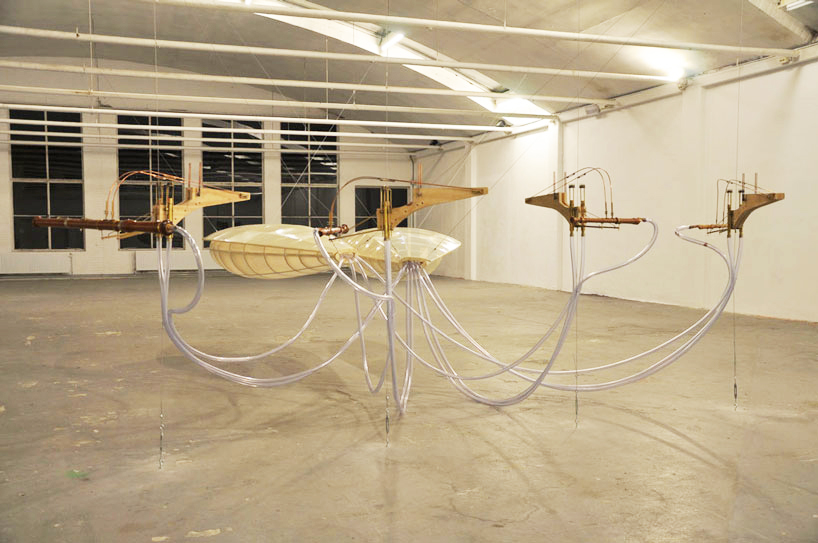/*
Xindi Lyu
Section A
xindil@andrew.cmu.edu
*/
var nPoints = 100;
var HYPOCYCLOID = 1;
var EPICYCLOID = 0;
var curveMode = HYPOCYCLOID;
function setup() {
createCanvas(500, 500);
frameRate(10);
}
function draw() {
push();
translate(250,250);
switch (curveMode){
case HYPOCYCLOID:
drawHypocycloid();
break;
case EPICYCLOID:
drawEpicycloid();
break;
}
pop();
}
function drawHypocycloid() {//drawcurve
background(200,200+mouseX*0.1,200+mouseY*0.1);//make the changing background for Hypocycloid
var x;
var y;
var a=map(mouseX, 0, 500, 1, 100);//size of the geometry
var n=map(mouseX, 0, 500, 1, 15);//devision of thhe curve
fill(200,150+mouseX*0.1,200+mouseY*0.1);//fill the geometry with changing color
stroke(0.4*mouseX+0.4*mouseY);//change the ourline color
beginShape();
for(var i=0; i<nPoints; i++){
var t = map(i, 0, nPoints, 0, 2*PI);
x=a*(((n-1)*cos(t)+cos((n-1)*t))/n);
y=a*(((n-1)*sin(t)-sin((n-1)*t))/n);
vertex(x+random(-5,5),y+random(-5,5));
}
endShape(CLOSE);
}
function drawEpicycloid() {//drawcurve
background(200,150+mouseX*0.1,200+mouseY*0.1);//make the changing background for Epicycloid
var x;
var y;
var a=map(mouseX, 0, 500, 1, 100);//size of the geometry
var n=map(mouseY, 0, 500, 1, 15);//devision of thhe curve
fill(200,200+mouseX*0.1,200+mouseY*0.1);;//fill the geometry with changing color
stroke(0.4*mouseX+0.4*mouseY);
beginShape();
for(var i=0; i<nPoints; i++){
var t = map(i, 0, nPoints, 0, 2*PI);
x=(a+n)*cos(t)-n*cos((a+n)/n*t);
y=(a+n)*sin(t)-n*sin((a+n)/n*t);
vertex(x+random(-5,5),y+random(-5,5));
}
endShape(CLOSE);
}
function mousePressed(){
curveMode = 1- curveMode;//switch between geometries
}For this project I experimented with two different types of curves and rendering them with the jittering effect to add a lively feeling to the image.
![[OLD FALL 2018] 15-104 • Introduction to Computing for Creative Practice](https://courses.ideate.cmu.edu/15-104/f2018/wp-content/uploads/2020/08/stop-banner.png)






